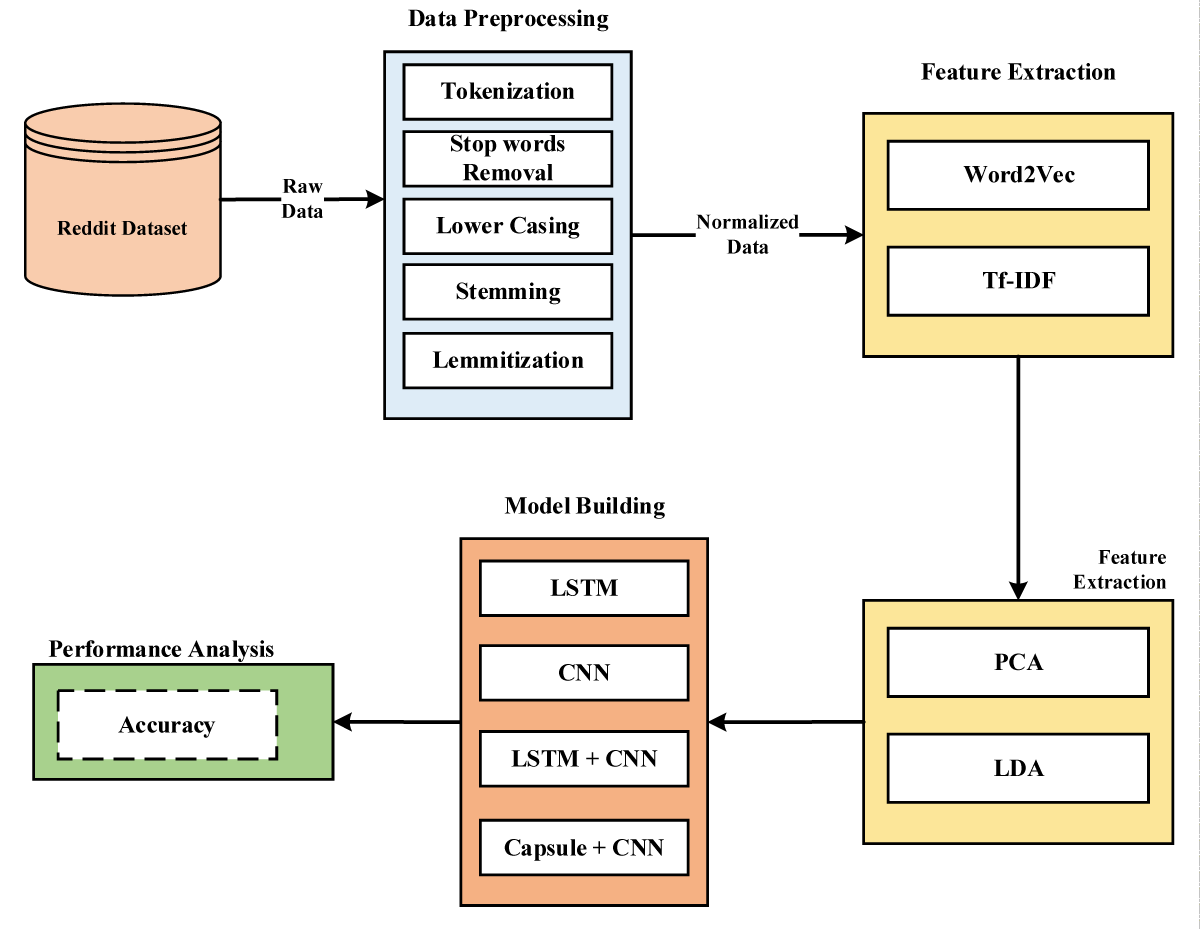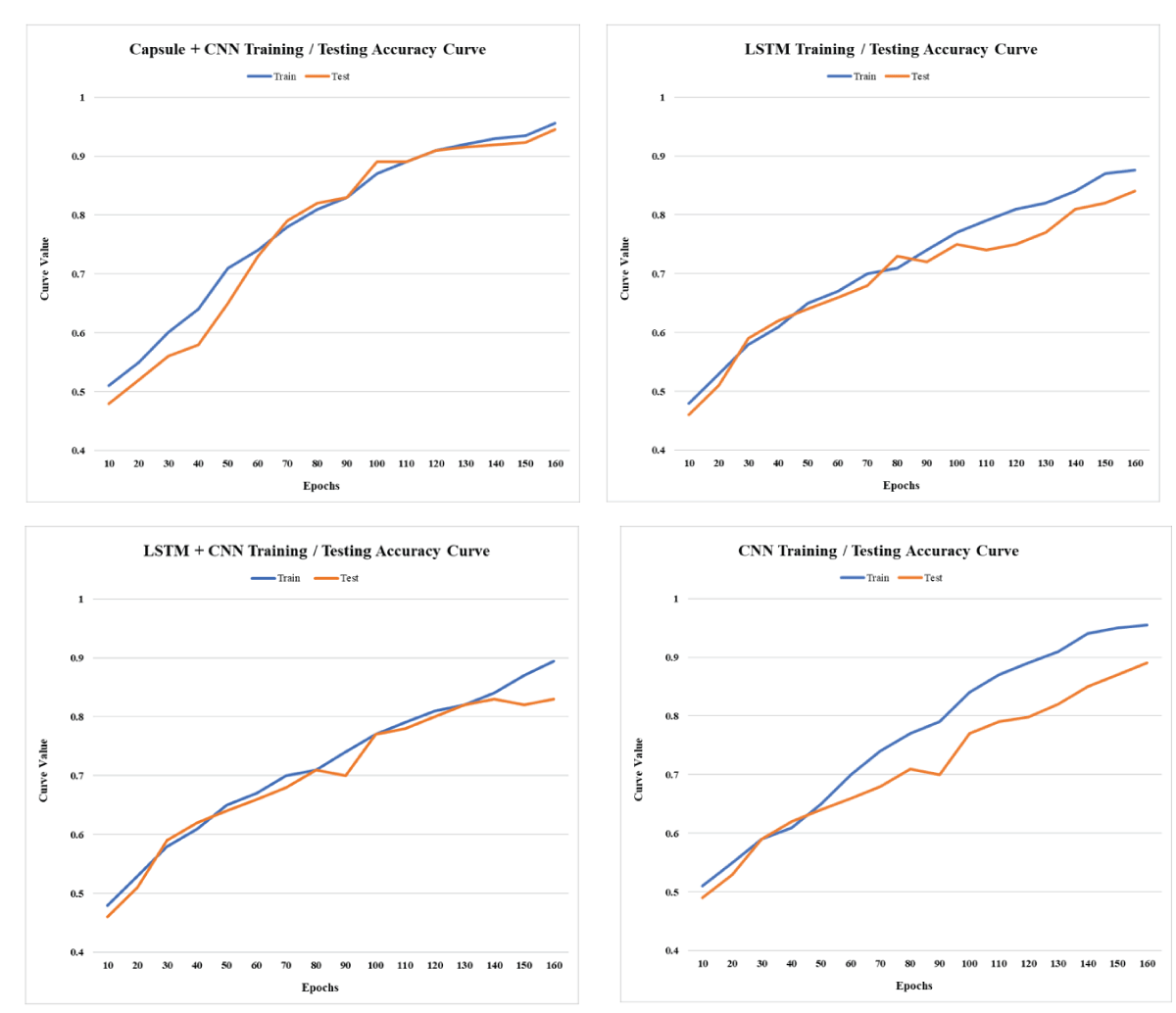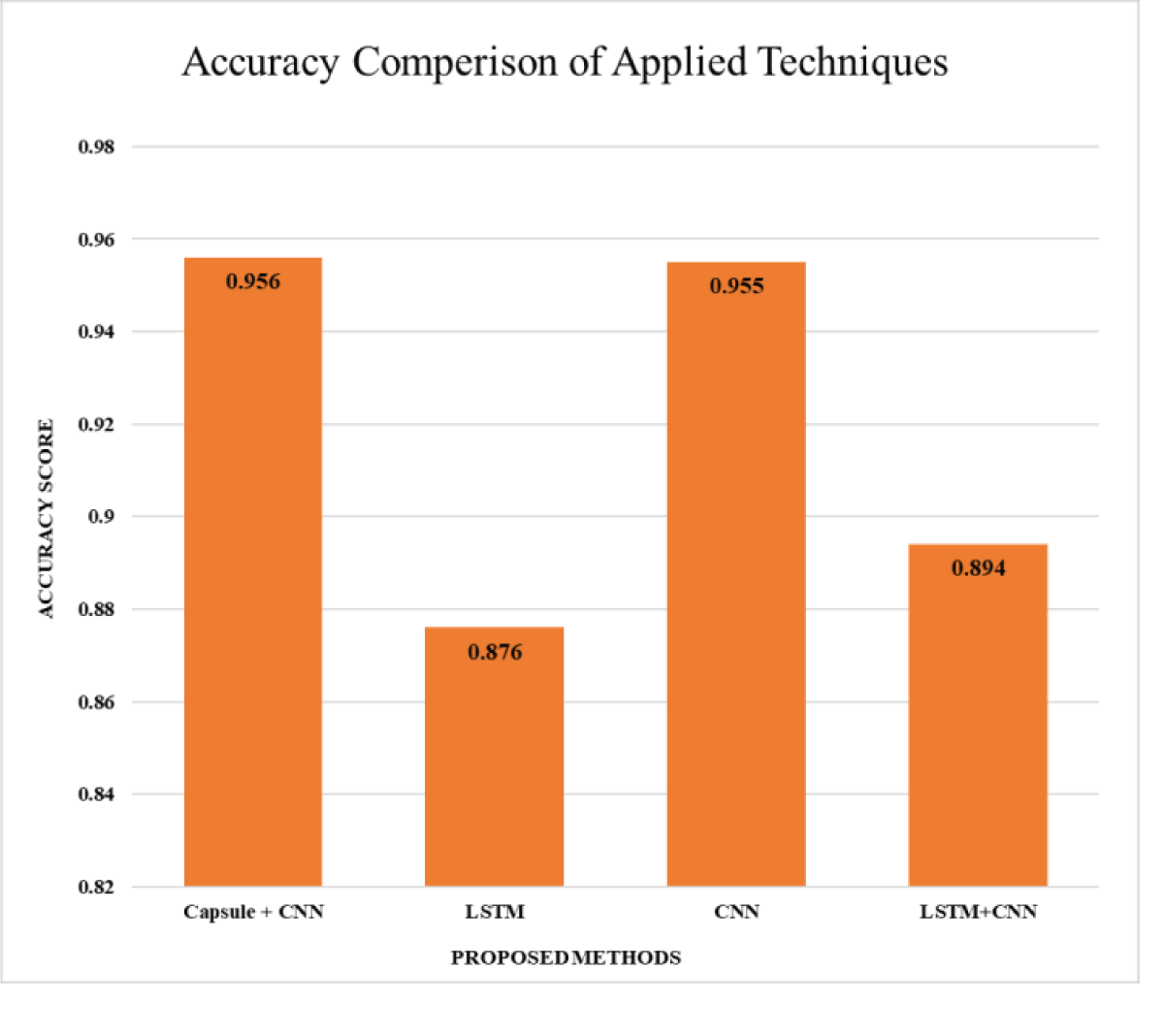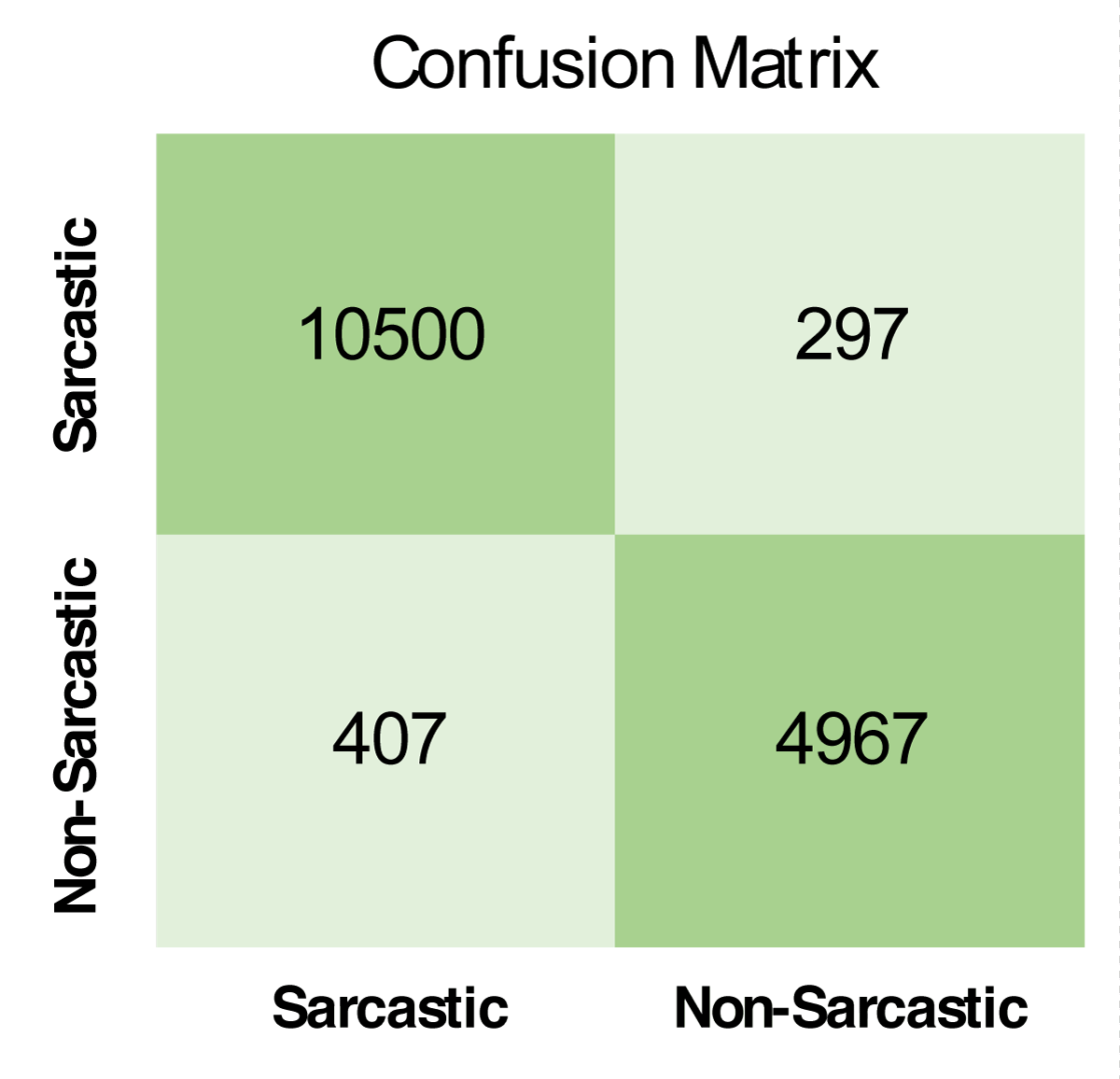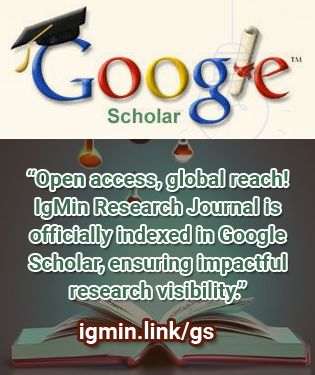Abstract
Sarcasm, a standard social media message, delivers the opposite meaning through irony or teasing. Unfortunately, identifying sarcasm in written text is difficult in natural language processing. The work aims to create an effective sarcasm detection model for social media text data, with possible applications in sentiment analysis, social media analytics, and online reputation management. A hybrid Deep learning strategy is used to construct an effective sarcasm detection model for written content on social media networks. The design emphasizes feature extraction, selection, and neural network application. Limited research exists on detecting sarcasm in human speech compared to emotion recognition. The study recommends using Word2Vec or TF-IDF for feature extraction to address memory and temporal constraints. Use feature selection techniques like PCA or LDA to enhance model performance by selecting relevant features. A Capsule Neural Network (CNN) and Long Short-Term Memory (LSTM) collect contextual information and sequential dependencies in textual material. We evaluate Reddit datasets with labelled sarcasm data using metrics like Accuracy. Our hybrid method gets 95.60% accuracy on Reddit.




